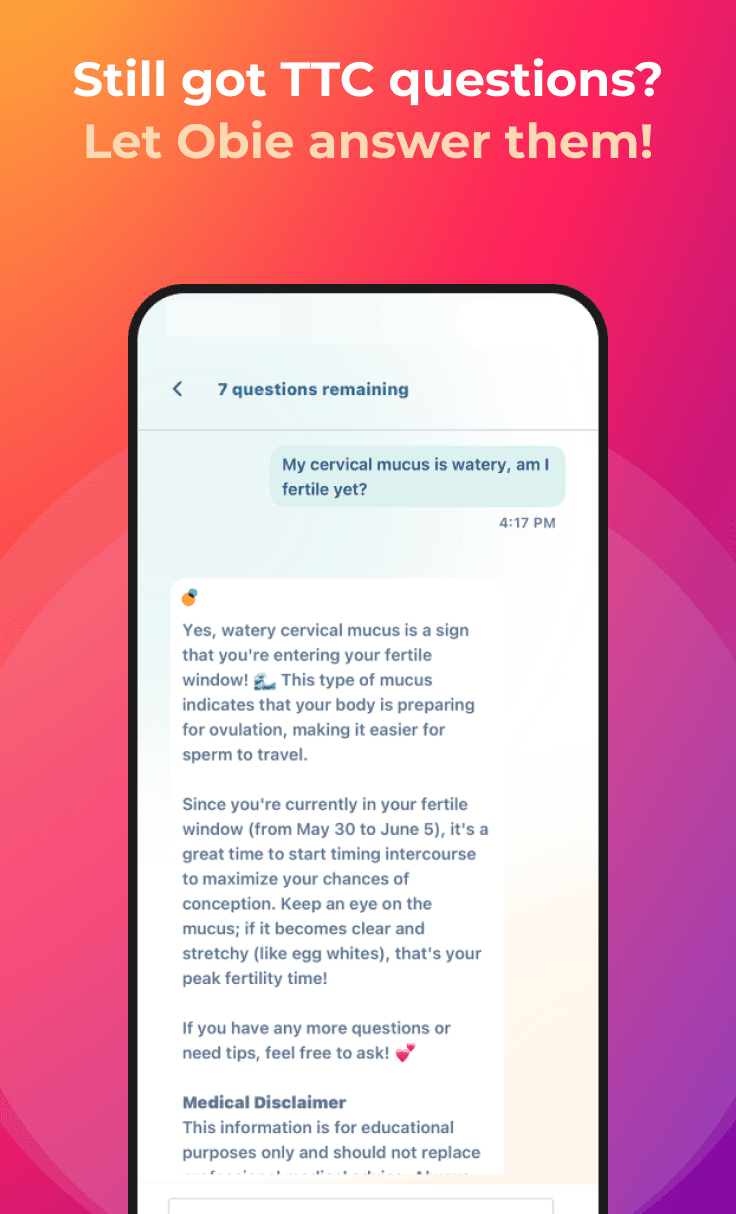One Baby Aspirin a Day Ups Conception Rate After Miscarriage
Fertility and Infertility News
Obie Editorial Team

Aspirin Basics
Aspirin is an anti-inflammatory drug, effective for reducing inflammation that causes pain and fever. High levels of inflammation in the female reproductive tract can hinder conception.
Baby aspirin contains 81 milligrams of the drug while the more standard (adult-size) aspirin sold over the counter contains 300 milligrams of aspirin.
The EAGeR Study
The study was a joint effort by the Eunice Kennedy Shriver National Institute of Child Health and Human Development in Rockville Maryland, and the University of Utah in Salt Lake City. It involved 1,228 women with a history of miscarriage before entering the study.
Each woman in the study — the Effects of Aspirin in Gestation and Reproduction (EAGer) Study — shared specific characteristics:
- Was between 18 and 40 years of age.
- Was menstruating regularly.
- Had one or two miscarriages in the recent period before entering the study.
- Planned to become pregnant again.
The women were randomly selected to take one baby aspirin a day or a placebo tablet for six menstrual cycles. All women in the study also took 0.4 micrograms of folic acid every day during the study.
In addition to the daily aspirin or placebo, each woman:
- Was trained to use a fertility monitor to gauge the most fertile phase of her cycle.
- Used home digital pregnancy tests if pregnancy was suspected.
- Submitted a blood sample upon enrollment of the study.
- Adhered to a schedule of clinical visits and phone interviews.
- Kept a daily log.
- Collected daily urine samples to identify pregnancy in its earliest stages and to document pregnancy loss if it occurred.
If pregnancy did not occur within six menstrual cycles, the woman was said to have completed the study. If pregnancy did occur, the woman’s part in the study was extended through childbirth. Pregnancy loss, complications, and birth outcomes were monitored and documented as part of the study.
More Conceptions, More Live Births
The study findings include:
- 17% increase in the rate of conception for the women taking an aspirin a day versus those taking a placebo.
- 20% increase in the rate of live births in the aspirin group.
Previous aspirin studies have focused on isolated elements of pregnancy, such as conception, preeclampsia, outcome, and birth weight but the EAGeR study is the first to study aspirin’s effect from pre-conception to delivery.
Aspirin is said to promote conception and pregnancy by increasing the blood supply to the pelvic area, causing the uterine lining to thicken for easy implantation of an embryo, and reducing inflammation of the womb.
A Word of Warning
Caution is advised if a woman has a history of gastrointestinal ulcers or other medical conditions associated with internal bleeding. Aspirin use is known to escalate internal bleeding in people with medical disorders of this nature. All women should consult their gynecologist or obstetrician before using daily aspirin to encourage conception and heed every word of warning that might result.
Sources:
- "Effects of Aspirin in Gestation and Reproduction (EAGeR) Study." NIH / Eunice Kennedy Shriver National Institute of Child Health and Human Development. National Institutes of Health, 5 May 2015. Web. 11 Nov. 2015.
- Knapton, Sarah. "Aspirin-a-day could boost chance of having a baby." The Telegraph. Telegraph Media Group Limited, 21 Oct. 2015. Web. 11 Nov. 2015.
- "Aspirin." MedlinePlus. US National Library of Medicine, 15 Nov. 2014. Web. 11 Nov. 2015.








